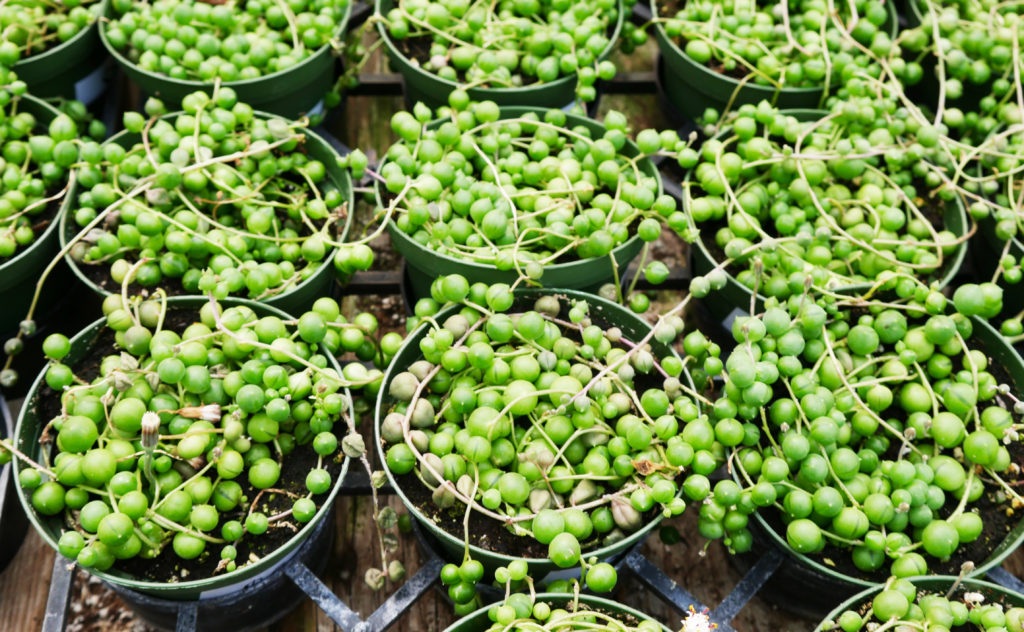In addition to its carefree growth habit, string of pearls can provide a unique focal point in the home. Sprawling over the edges of containers or hanging baskets, the string of pearls plant resembles a beaded necklace with its fleshy green, pea-like foliage. Learn more about growing string of pearls houseplant so you can also enjoy its unique characteristics and ease of care.
Also called rosary string of beads or string of pearls plant, this creeping succulent is an odd looking plant that many people enjoy adding to their indoor gardens. Though the flowers may seem small and unattractive to some people, if they’re even lucky enough to get them, others find the faint white blooms (which smell a bit like cinnamon) quite welcome.
Still, it’s the thin thread-like stems and fleshy round, bead-like leaves that make this unusual houseplant a great addition to the home. Learning how to grow a string of pearls houseplant is extremely easy.
How to grow a String of pearls houseplant
The string of pearls plant grows well in bright light, including sunlight. You should provide this string of pearls houseplant with average indoor temperatures (around 72 F./22 C.) throughout its active growth. During its dormancy, however, you’ll need to provide cooler conditions, generally somewhere between 50 to 55 F. (10-13 C.).
Give this houseplant a well-draining sandy soil, preferably the type most suitable for growing cacti and succulent plants. Pot your plant in a hanging basket so its trailing foliage can hang down.
String of pearls care
As with most succulent plants, the string of pearls requires little care. However, while there’s little maintenance involved with growing a rosary string of beads plant, you will need to provide it with some care. This succulent plant is drought tolerant, surviving long periods without water.
In fact, the plant’s water-storing abilities allow it to be watered thoroughly one week and then pretty much forgotten the next week or two. Watering too often can increase the chances of root rot. So be sure to let the soil dry out at least half an inch or so between waterings.
In winter, cut back watering to about once monthly. Occasionally, you may find that pruning becomes necessary as part of your string of pearls care in order to maintain its size or appearance. This is simple to do. Trim off any dead stems and pearls, as well as any stems that have lost a lot of their ‘beads.’ Pruning back will help promote fuller, more compact plants.
Even better than its ease of care is the fact that you can share the plant with others. Whenever pruning is in order, you can take advantage of the plant’s easy propagation. Simply place a cutting or two in a pot of soil and they will easily take root.

